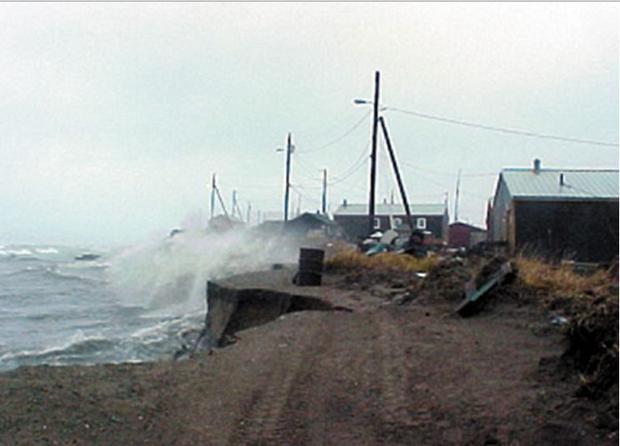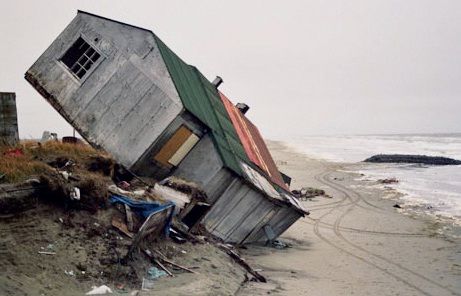One quarter of the Northern Hemisphere and 17 percent of the Earth’s exposed land surface is underlain by permafrost. Most of these regions have been permanently frozen since the last Ice Age, 10,000 years ago.
The permafrost, especially in the Arctic, can be 1.6 kilometers (1.0 mile) deep, trapping large amounts of carbon in the frozen organic matter. Global warming – particularly in the Arctic regions – has increased the potential for thawing of the permafrost and the release of carbon dioxide and methane gasses.
Even though scientists have done many studies on the thawing of permafrost in different regions, there has never been a globally consistent assessment of permafrost temperature change. That has changed with the publication of a new comparative study released by the GTN-P (Global Terrestrial Network for Permafrost) that shows for the first time the extent to which permafrost soils around the world have already warmed.
Permafrost is warming at a global scale
The study was published in the journal Nature Communications on January 16, 2018. Using detailed data from the GTN-P, researchers found that on average, permafrost regions around the world—in the Arctic, Antarctic and the high mountains—warmed by a half degree Fahrenheit between 2007 and 2016.
To make their assessment, researchers monitored and analyzed boreholes in the Arctic, Antarctic and numerous mountain ranges around the globe for a period of 10 years. Boreholes in the European Alps, the Nordic countries, and central Asia represented data from mountain ranges.
All the data was gathered from depths of greater than 10 meters (33 feet) so as to minimize the influence of seasonal temperature changes. Of the 154 borehole sites, 123 of them allowed for conclusions to be drawn for the entire decade, while the others were used to calculate and define any deviations.
The most dramatic warming was seen in the Siberian Arctic, where temperatures in the deep permafrost increased by 1.6 degrees Fahrenheit. “There, in regions with more than 90 percent permafrost content, the soil temperature rose by an average of 0.30 degrees Celsius within ten years,” reports first author Dr Boris Biskaborn, a member of the research group Polar Terrestrial Environmental Systems at the Potsdam facilities of the Alfred Wegener Institute, Helmholtz Centre for Polar and Marine Research.
In Arctic regions with less than 90 percent permafrost, the frozen ground only warmed by 0.2 degrees Celsius on average. “In these regions, there is more and more snowfall, which insulates the permafrost in two ways, following the igloo principle: in winter the snow protects the soil from extreme cold, which on average produces a warming effect. In spring it reflects the sunlight and prevents the soil from being exposed to too much warmth, at least until the snow has completely melted away,” Biskaborn explains.
“This rate of warming suggests substantial change underway,” said Ted Schuur, a permafrost expert at Northern Arizona University. “This is important and often overlooked news. We often don’t think about what we can’t see deep under the ground”
Impacts of thawing permafrost
Besides the most obvious impact – the release of vast amounts of carbon dioxide and methane – there are other concerns to take into account, especially for four million people living in Arctic permafrost areas.
We have already seen the damages that thawing permafrost leaves behind. The buckling ground, holes, destabilized roads and bridges and buildings and homes shifting on their foundations.
We can add ecosystems to the economic and infrastructure issues. Massive discharges of silt and sediments have been dumped into our rivers and coastal areas due to the melting permafrost, forcing families to move away in some communities.
So by adding this latest comprehensive study to the accumulated knowledge we have on climate change, including studies published in just the past week showing that the world’s oceans have been warming at an accelerated rate, along with various other studies showing the rise in greenhouse gasses, it is all very worrisome.
The Global Terrestrial Network for Permafrost (GTN-P) offers a web-based data management system, which was jointly developed by the Alfred Wegener Institute and the Iceland-based Arctic Portal, and was made possible by the financial support of the European Union.

















